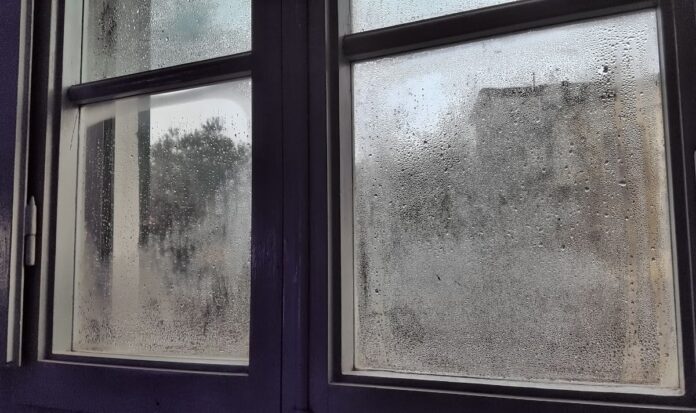With the cost of living crisis affecting many households across the country, and winter on its way, it is important to try and keep heat inside the home. Heat can escape through many different ways, including through poor insulation and through low-quality flooring. Experts at The Underfloor Heating Store have shared the ‘common snags’ around the home which could be causing heat to escape.The experts explained: ‘Low-quality wall insulation can cause a whopping 35 to 40 percent of heat loss in homes, making it the biggest source of heat loss, so it’s worth checking if your wall insulation is of high quality.’UK homes built before 1930 will have solid walls and any homes built after 1930 will have cavity walls. ‘Fortunately, cavity wall insulation is an easy and relatively pocket-friendly process that injects the cavities of your walls with insulating material, slowing the movement of heat within your walls, and keeping your home warmer for longer.’Solid wall insulation is a lot more complicated and costly to properly insulate. Therefore, ensure you seek professional advice on how to add further insulation to your home if your property was built pre-1930.’READ MORE: Kitchen paint colours to avoid when DIYing Five ‘heat thieves’ which ‘massively’ impact your energy bills – check before winter (Image: Getty)One important appliance to regularly check is the boiler, as incorrect use of it could ‘massively impact’ energy bills and the quality of heating around the home.The experts recommended getting their boilers to a temperature where they can condense water.They explained: ‘At 60C, your boiler is more readily able to condense water vapour and recover latent heat from this vapourisation, which would otherwise have been lost up the flue. ‘Altering your boiler temperature to 60C will help your boiler achieve higher efficiency by utilising its whole functions, resulting in cheaper heating bills.’DON’T MISS:Five ‘measures’ to keep your home ‘extra secure’ [COMMENT]Methods to get rid of ivy ‘for good’ with two home ingredients [EXPERT]The rural Surrey village Dame Judi Dench calls home [INSIGHT] The experts said poor wall insulation could cause up to 40 percent heat loss (Image: Getty)This includes cold draughts around a doorway. The experts noted: ‘Thermostats are best positioned in the main areas of the home, ideally a living room or landing, but never above a radiator or near a draughty door. ‘Remember that increasing the temperature of your thermostat does not provide instant heating either, instead, it consumes more energy over a longer period of time.’Your thermostat has a specific temperature comfort level and is designed to pause heating after reaching a certain degree. To warm your home faster, you should instead turn up the radiator valve in rooms that are in use and turn them off completely for rooms that are not. ‘This way, heat is sent directly to the rooms needed, while you don’t waste energy on heating rooms that are mostly empty or not in use.’5. Poor window insulationWindows with poor insulation can cause heat loss due to radiation through glazing or air leakage, according to the experts.They explained how a property could lose around 10 percent of its heat through windows. Unfortunately, repairing window glazing or getting new windows fitted isn’t the easiest or cheapest.The experts said: ‘Incorrectly fitted windows can cost as much as £200 per window to repair. As a temporary solution, you can use caulk to seal any noticeable cracks near your windows and use a gap filler to easily conceal any tiny gaps that may run along your windows and let the cold air in. ‘Keeping your windows locked pulls the seals together, blocking up any space that air can possibly leak through too. ‘If you have large windows, consider installing more locks a few inches from the outside edges rather than just one in the centre, to ensure the gap is closed all the way around the seal.’If your windows do need an update, it is best to replace them with secondary glazing to prevent cold draughts and save on bills over time. They can also help to improve the soundproofing throughout the home.


